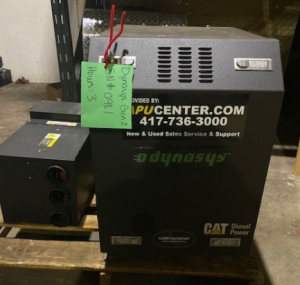What to Look for in Truck Driver Training Programs
There are many different programs out there that teach you how to drive a semi truck. They often assist you with learning the written materials as well so that you can pass both tests in order to get your Class A CDL. It is important to look into the qualifications of such truck driver training programs though. You want a quality program that is going to teach you valuable skills. It can be very dangerous to place new trainees into the workforce with a CDL when they don’t have sufficient training. You also want one that is affordable. Many of the accredited truck driver training programs offer financial aid to help assist with the cost of attendance. They will also work out payment plans to assist you with paying for the remainder or if you don’t qualify for any type of financial assistance.
There are many instances where you can get your truck driver training paid for by an employer. Still, you have to look closely at what they require in return. Most of them will require you to sign a contract that you will work for their company for a specified amount of time. If you are fired or voluntarily leave the company before that span of time you will be responsible for repaying the company for the cost of your training.
The length of the truck driver training program is very important too. Some of them claim that they can get you in and out in a couple of weeks. While this may seem appealing, keep in mind that there is plenty to learn about driving a semi truck. You don’t want to be rushed and you don’t want to be on the road on your own before you are ready. Find a program that is full time and is at least four weeks long.
Ask about the curriculum of the program so that you can see for yourself what information will be covered. You should also ask about class sizes so you can find out if you will be able to have your specific needs met by the program. Don’t be shy about asking about the qualifications of their instructors either. The more experience they have in the classroom and driving a semi truck, the more firsthand information they will be able to share with you.
It can be very exciting to learn how to drive a semi truck, and having your Class A CDL can open up many wonderful job opportunities for you. Selecting the right training program is essential for you to establish a solid foundation upon which to build. Knowing the basics of how to operate a semi truck, the rules of the road, hours of operation, and being safe should all be a part of any quality truck driving training program. Don’t settle for anything less since it may result in you not having the skills you need to succeed in this career.
Driving a semi requires a great deal of knowledge and experience. It also requires you to have a vehicle that is performing at peak efficiency so that you can handle unavoidable emergencies that can surprise even the most skilled driver. You can improve the efficiency of your truck with an auxiliary power unit (APU). An APU can help increase gas efficiency and reduce idling time. We sell APUs at a reasonable price and can even perform auxiliary power maintenance on your existing unit.










